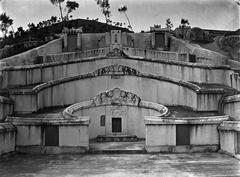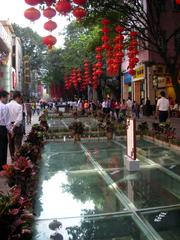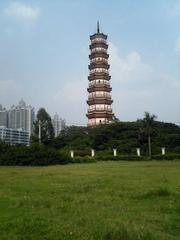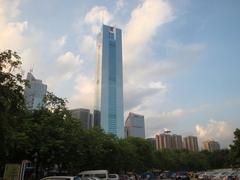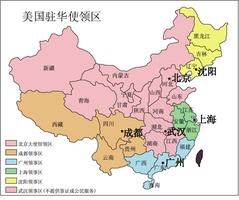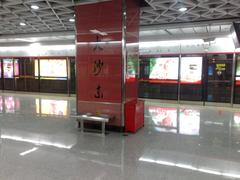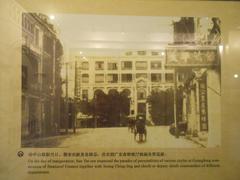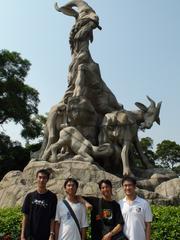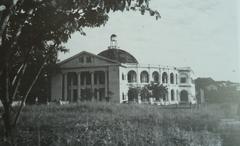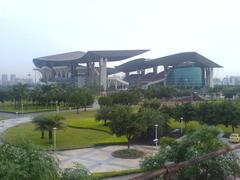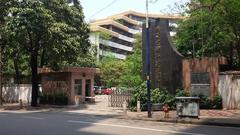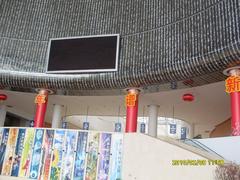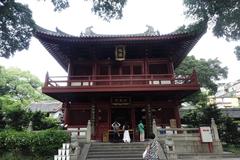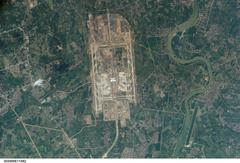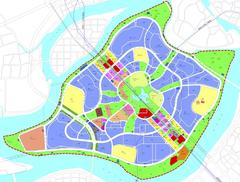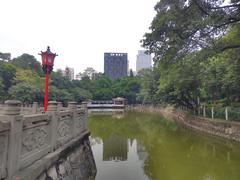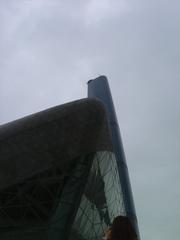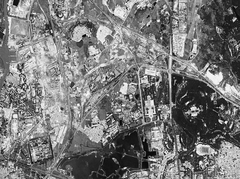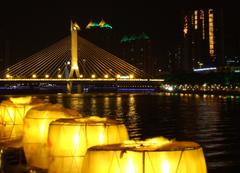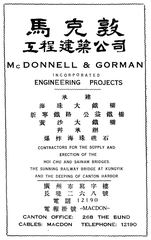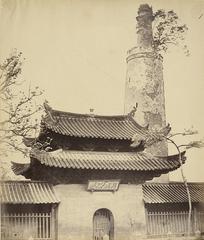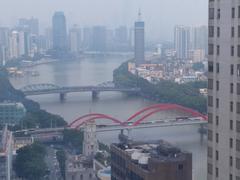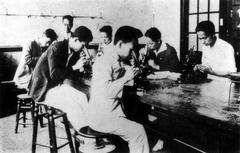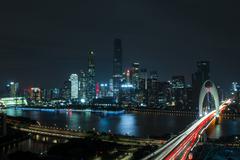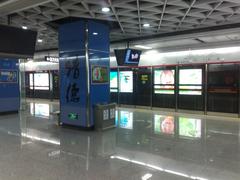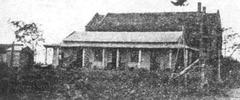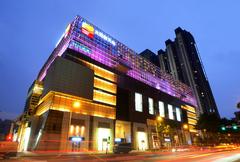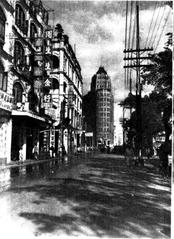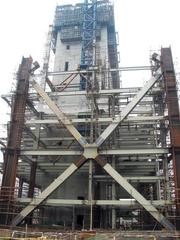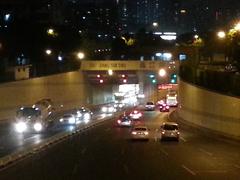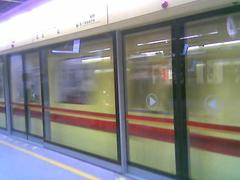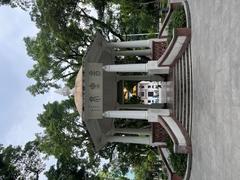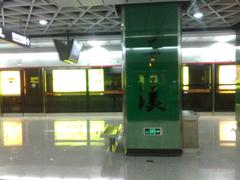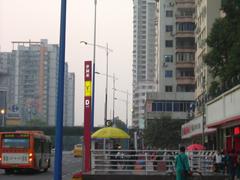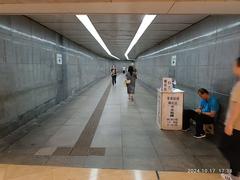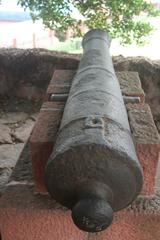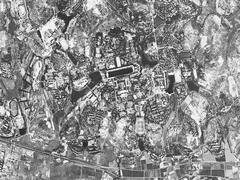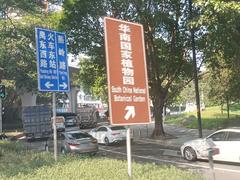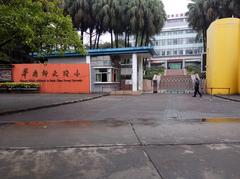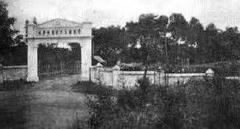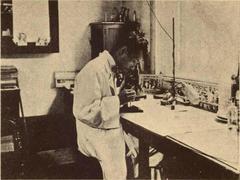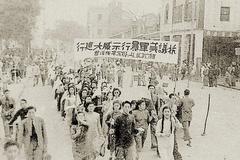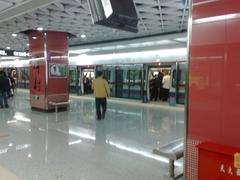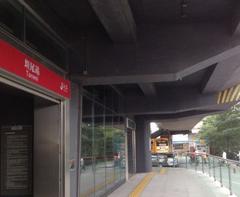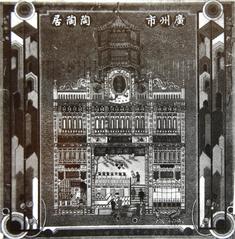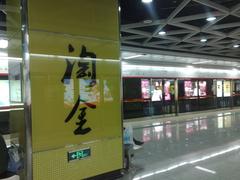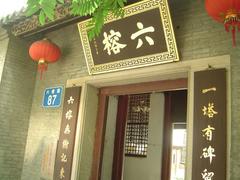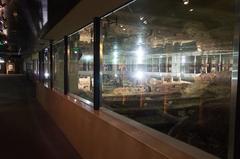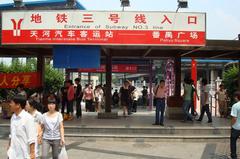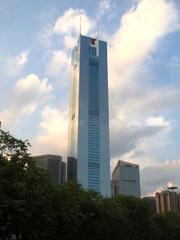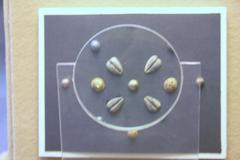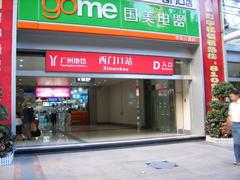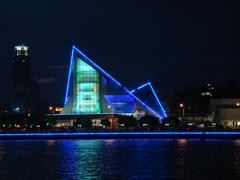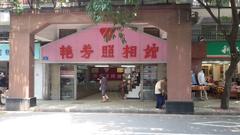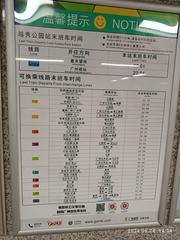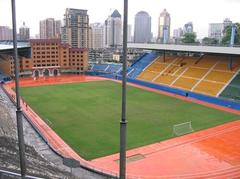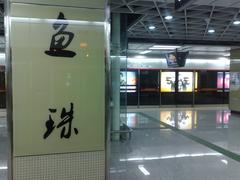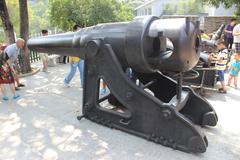Panyu Confucian Temple: Visiting Hours, Tickets, and Guide to Guangzhou’s Historical Gem
Date: 15/06/2025
Introduction
The Panyu Confucian Temple, nestled in the heart of Guangzhou’s historic Panyu district, stands as a testament to southern China’s enduring Confucian legacy, educational traditions, and architectural mastery. As one of the region’s most treasured historical sites, the temple invites visitors to immerse themselves in centuries of cultural heritage, revolutionary history, and vibrant community life. This detailed guide covers the temple’s historical origins, architectural highlights, cultural significance, practical visitor information—including visiting hours, ticketing, accessibility, and transportation—and travel tips for a rewarding experience in Guangzhou.
Historical Overview: Panyu’s Legacy and the Confucian Temple
Origins and Evolution
Panyu, one of the oldest continuously inhabited districts in southern China, was established as the capital of the Nanhai Prefecture during the Qin Dynasty (221–207 BCE). Its strategic location along the Pearl River made it a key hub for trade, governance, and cultural exchange (Then & Nows; Algor Education). The Confucian Temple, believed to have been founded during the Tang or Song dynasties, became a core institution for Confucian learning, ritual, and the imperial examination system—shaping local governance and community values for generations.
The Temple’s Role
Serving both as a place of worship and an academic center, the Panyu Confucian Temple embodied the values of scholarship, moral cultivation, and civic responsibility. It hosted civil service examinations and ceremonial events, fostering education and social mobility in the region (Then & Nows; gz.gov.cn).
Architectural and Cultural Significance
Lingnan Style and Layout
The temple is a prime example of Lingnan architecture—characterized by open corridors, tiled roofs, and intricate decorative elements designed to suit the humid subtropical climate of Guangzhou (architectureontheroad.com). Key features include:
- Open Structures & Corridors: Enhance ventilation and comfort.
- Cold Alleys & Perforated Walls: Channel cool breezes and cross-ventilation.
- Muted Color Palette: Pale walls reflect sunlight and harmonize with the environment.
- Main Halls: The Dacheng Hall (Hall of Great Achievement) is the focal point for rituals.
- Courtyards & Gardens: Spaces for reflection and ceremonies, shaded by ancient banyan and camphor trees.
Decorative Arts
The temple is renowned for its elaborate wood, stone, and brick carvings depicting Confucian classics, mythological scenes, and auspicious motifs. Colorful ceramic sculptures adorn the rooftops, while geometric patterns decorate windows and doors (ibiblio.org).
Revolutionary History and Modern Transformation
Late Imperial and Republican Periods
With the abolition of the imperial examination system in the early 20th century, the temple evolved from an academic palace into a venue for public education and civic gatherings. During Guangzhou’s revolutionary era, the temple and its intellectual networks played a role in the dissemination of reformist and nationalist ideas (Then & Nows).
The Peasant Movement Institute
A unique aspect of the site is its connection to 20th-century revolutionary history. The temple grounds hosted the Peasant Movement Institute in the 1920s, where Mao Zedong and others trained rural leaders—an episode commemorated through exhibitions of photographs, letters, and historical artifacts (deepchinatravel.com).
Restoration and Present-Day Role
Following restoration efforts in the reform era, the temple was reopened to the public and now hosts cultural festivals, educational programs, and ceremonies honoring Confucius. It stands as both a historical monument and a living center for community engagement (Then & Nows).
Visiting Information
Location and Accessibility
- Address: No. 153, Qinghe East Road, Shiqiao Subdistrict, Panyu District, Guangzhou, Guangdong Province, China.
- Getting There:
- Metro: Take Guangzhou Metro Line 3 to Shiqiao Station, then a short walk or taxi.
- Bus: Multiple city bus routes serve the area.
- By Car: Limited parking available; public transport is recommended during peak periods (Wanderlog).
Visiting Hours and Tickets
- Opening Hours:
- Typically 8:30 AM to 5:30 PM daily.
- Some sources note 9:00 AM to 4:30 PM, closed on Mondays for maintenance—check for updates during public holidays (TravelChinaGuide).
- Ticket Prices:
- General admission: 10–20 RMB.
- Discounts for students, seniors, and children.
- Special events or exhibitions may have additional fees.
Facilities and Accessibility
- Wheelchair Access: Ramps and accessible restrooms available.
- Rest Areas: Shaded seating, clean restrooms, and drinking water.
- Gift Shop: Souvenirs, books, and traditional crafts for sale.
- Language: Mandarin is primary; some English-language materials and guided tours available.
Visitor Experience
Site Highlights
- Dacheng Hall: Main worship hall dedicated to Confucius.
- Ceremonial Courtyards: Venues for festivals and rituals.
- Ancient Gardens: Relax among lotus ponds, rockeries, and ancient trees.
- Peasant Movement Institute Exhibits: Explore revolutionary history through multimedia displays.
Cultural Activities
- Confucius Memorial Ceremony: Held annually in late September, featuring music, dance, and traditional offerings.
- Workshops: Calligraphy, music, and etiquette classes, especially during school holidays and festivals.
- Photography: Permitted in most outdoor spaces; observe signage for restrictions inside halls.
Tips for Visitors
- Best Visiting Times: Autumn (October–December) and Spring (February–March) for comfortable weather.
- Dress Modestly: Shoulders and knees covered; hats off in main halls.
- Etiquette: Keep noise low, avoid touching altars, and respect ritual spaces.
- Food: No restaurants on site, but many local eateries nearby serving authentic Cantonese cuisine.
Nearby Attractions
- Shawan Ancient Town: Preserved Lingnan village with unique architecture (architectureontheroad.com).
- Pearl River Scenic Area: Boat tours and riverside parks.
- Other Sights: Chimelong Safari Park, Baomo Garden, and Lotus Hill Scenic Area.
Frequently Asked Questions (FAQ)
Q: What are the current visiting hours for Panyu Confucian Temple?
A: Typically 8:30 AM–5:30 PM daily; check in advance, especially around holidays.
Q: How much does admission cost?
A: Tickets are 10–20 RMB; discounts apply for students, seniors, and children.
Q: Is the temple accessible for people with disabilities?
A: Yes, main pathways and restrooms are accessible.
Q: Are guided tours available?
A: Yes, in Mandarin and occasionally in English; book in advance for English tours.
Q: What’s the best time to visit?
A: Autumn and spring for pleasant weather and fewer crowds; avoid peak public holidays for a quieter experience.
Q: What else is worth seeing nearby?
A: Shawan Ancient Town, Pearl River Scenic Area, and several historical gardens and parks.
Conclusion
The Panyu Confucian Temple is a captivating destination where centuries of Chinese educational and spiritual traditions meet the vibrant life of modern Guangzhou. Its harmonious architecture, tranquil gardens, and multifaceted history make it a must-visit for travelers seeking to understand Lingnan culture and China’s evolving identity. With accessible facilities, affordable tickets, and convenient transport, your visit promises both inspiration and insight.
Plan your journey to the Panyu Confucian Temple for a meaningful exploration of Guangzhou’s living heritage.
Images and Maps
Include high-quality images of the temple’s main hall, courtyards, decorative features, and festival events. Use optimized alt tags such as “Panyu Confucian Temple Dacheng Hall” and “Lingxing Gate at Panyu Confucian Temple.” Consider embedding an interactive map showing the temple’s location and surrounding attractions.
Internal Links
External Resources
Sources and Further Reading
- Visiting the Panyu Confucian Temple: History, Tickets, and Travel Tips in Guangzhou, 2025, Then & Nows (Then & Nows)
- Visiting Panyu Confucian Temple: Hours, Tickets, and Historical Insights in Guangzhou, 2025, Guangzhou Government (gz.gov.cn)
- Visiting Panyu Confucian Temple: Architectural Highlights, Visiting Hours & Travel Tips, 2025, Architecture on the Road (architectureontheroad.com)
- Visiting Panyu Confucian Temple: Architectural Highlights, Visiting Hours & Travel Tips, 2025, Deep China Travel (deepchinatravel.com)
- Panyu Confucian Temple Visiting Hours, Tickets & Guide to Guangzhou Historical Sites, 2025, Wanderlog (Wanderlog)
- Panyu Confucian Temple Visiting Hours, Tickets & Guide to Guangzhou Historical Sites, 2025, TravelChinaGuide (TravelChinaGuide)
